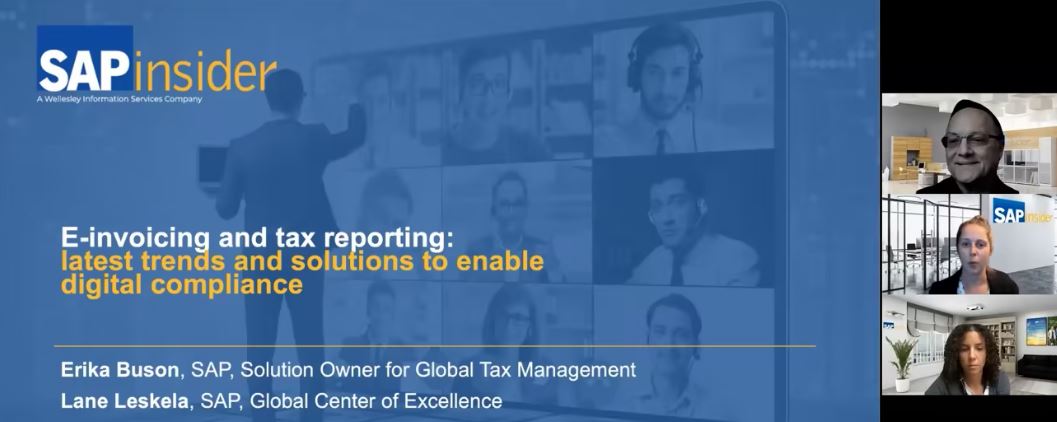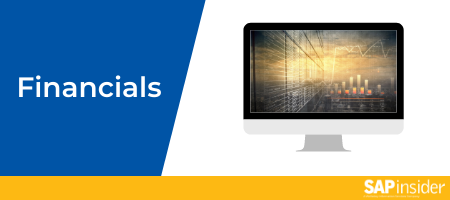As an SAP Customer, What are My Options for E-invoicing Compliance?
You have SAP and you need a solution to manage your e-invoicing compliance. What should you do?
As an SAP user, when it comes to implementing an e-invoicing solution you basically have two choices in the approach you take. You can build your own tools on SAP architecture or select an end-to-end provider.
These are different approaches that will lead you down very different paths towards your end goal. Which is best for your business? Let’s explore.
 Option one: building your own
Option one: building your own
The build and maintain your own approach is generally built upon free infrastructure provided by SAP. This may sound appealing upfront if you are cost conscious. However, in any long-term solution, you need to consider total cost of ownership (TCO).
Building your own is far from the most direct route to e-invoicing compliance. In fact, many who have made this journey describe it as the scenic route, full of stops and starts and things we’ve never seen before. If you are resource constrained in terms of time and technical expertise, you may want to think twice about going with this option.
 Option two: using an end-to-end provider
Option two: using an end-to-end provider
The end-to-end solution involves contracting with an outside vendor, which does require implementation and onboarding. The good news is that it requires fewer resources over the long haul to oversee and maintain.
Using our previous example of the build your own being the scenic route, selecting an end-to-end solution is more of the straight shot down the highway. It’s not big on twists and turns but will earn you high marks for speed and efficiency.
 The cost of free
The cost of free
When you are already paying for your existing infrastructure or are in the process of spending big to upgrade to a new platform, the concept of getting something for free is appealing. However, it’s important to remember that free up front doesn’t mean free for the life of the project, and the TCO may end up being much higher.
According to Gartner Research, “all solutions have an associated lifetime value and cost profile. Multiple drivers can influence the lifetime costs and value for a given solution. Too much focus is on the purchase price and too little focus is on every other cost component. The purchase price is rarely the largest cost component for software products.”
 Is DIY really for me?
Is DIY really for me?
Determining whether to build or buy is a common consideration for companies of all sizes across industries and pertaining to any number of potential issues or challenges requiring a technology solution to fix. Things like efficiency, ease of use and solution performance should weigh heavily in your decision making.
You must also consider the practical application of these solutions and how they will work in the field when transactions are moving fast, and conditions are constantly evolving. In the end, if the product doesn’t work the way it was designed and doesn’t meet your needs, it’s essentially worthless. Using a practical example to illustrate the difference between building your own e-compliance solution and implementing an end-to-end provider, consider this. You can go into any large home improvement center and purchase all of the items required to build your dream kitchen. However, do you have the experience and skills to pull it off?
 What SAP is and what SAP isn’t
What SAP is and what SAP isn’t
Finally, as you are conducting your analysis, it’s important to understand what SAP is and what it isn’t as it relates to e-invoicing. From its own description, SAP is one of the world’s leading producers of software for the management of business processes, developing solutions that facilitate effective data processing and information flow across organizations.
SAP is not a registered e-invoice provider that can finalize your transactions, meaning at some point, even if you choose to build your own solution you will need to engage an endpoint provider.




